Outside the classroom
Learning outside the classroom is not just about making visits. It is quite simply about the world beyond the classroom whether that is places, historic sites, museums and monuments. Opportunities for engaging children on the school field whether it is building shelters re-enacting events or creating a film or walking around the locality understanding how the landscape has affected or has been affected by people and events in the past.
-

Churches as a local historical source
ArticleClick to view -
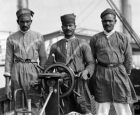
Teaching diversity through drama
ArticleClick to view -
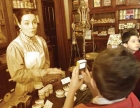
Geosong: a transition project
ArticleClick to view -
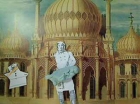
Museums, schools and creativity: How learning can be enhanced
ArticleClick to view -

Creating the 'creative history' website
ArticleClick to view -

A creative Egyptian project
ArticleClick to view -
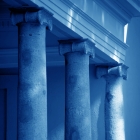
Using museums, libraries and art galleries
ArticleClick to view -
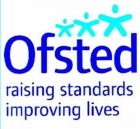
Co-ordinators' concerns: Visits and Ofsted
ArticleClick to view -

A View from the Classroom - Museums
ArticleClick to view -
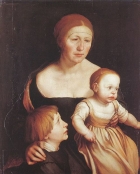
A View from the Classroom: Writing History
ArticleClick to view -

The History around us: Local history
ArticleClick to view -

Saltaire: Planning for an effective learning experience on a living site
ArticleClick to view -

Using Spaces Near You
ArticleClick to view -

Doing history with objects - A museum's role
ArticleClick to view -

Artefacts handling at Brunel's SS Great Britain
ArticleClick to view -

Hearts, Hamsters and Historic Education
ArticleClick to view -
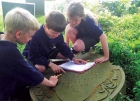
Planning for history and environmental education
ArticleClick to view -
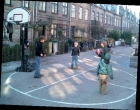
Learning what a place does and what we do for it
ArticleClick to view -
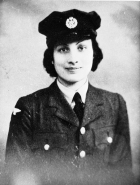
Cross Curricular Project on a famous person
ArticleClick to view -
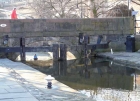
History in the Urban Environment
ArticleClick to view

